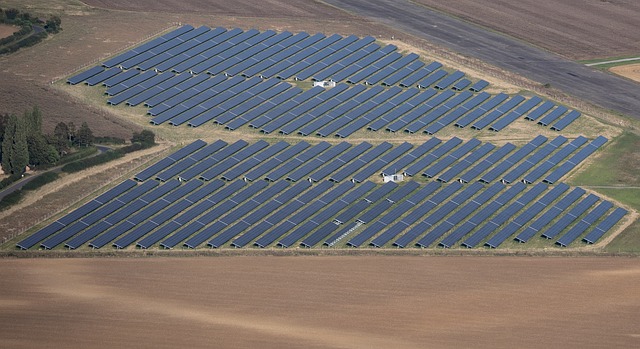The Intricate Dance of Individualism and Collectivism in Today's Society
In the grand theater of human existence, the tug-of-war between individualism and collectivism has always been a central theme. As we navigate the 21st century, this theme is more relevant than ever. The current societal climate, marked by rapid technological advancements, global crises, and increasing social consciousness, is shaping the dynamics of individualism and collectivism in unprecedented ways.
The Roots: Individualism and Collectivism in Historical Context
Individualism and collectivism are sociological constructs that have shaped societies for centuries. Historically, Western cultures have been associated with individualism—emphasizing independence, self-reliance, and personal freedom. Eastern cultures, on the other hand, have been linked to collectivism, where the group’s needs and goals are prioritized over the individual’s.
These constructs, however, are not static. They have evolved, often in response to societal changes, political shifts, and economic developments. For instance, the rise of capitalism in the West during the 18th century further reinforced individualistic values, while the establishment of socialist and communist regimes in the East during the 20th century heightened collectivist ideals.
The Current Landscape: Shifting Sands
Today, these paradigms are shifting. Globalization and technological advancements are blurring cultural boundaries, leading to a fusion of individualistic and collectivist values. Self-expression and personal freedom are increasingly recognized as important globally, while the significance of community, cooperation, and shared responsibility is being acknowledged in traditionally individualistic societies.
Moreover, the ongoing pandemic has underscored the importance of collectivism. As societies worldwide grapple with the virus’s impact, the need for collective action, mutual aid, and shared responsibility has never been more evident. But, simultaneously, the crisis has also highlighted the value of individual agency and personal resilience.
The Social Movement: Balancing the Scales
This evolving social dynamic is leading to a new social movement that seeks to balance individualism and collectivism. The movement does not advocate for the dominance of one over the other. Instead, it recognizes that both constructs have their strengths and weaknesses and that a balanced approach can lead to a more harmonious and resilient society.
This balance is critical in addressing many of today’s pressing issues, from climate change and social inequality to mental health and political polarization. Each of these issues requires both collective action and individual responsibility.
The Future: Navigating the Path Ahead
As we move forward, it’s crucial to continue exploring the interplay between individualism and collectivism. We need to understand how these constructs are continually reshaped by societal changes and how they, in turn, shape society.
Overall, the dance between individualism and collectivism is complex and dynamic. It’s a dance that will continue to evolve, reflecting the changing rhythms of our society. As we navigate the 21st century, this dance is not just an intriguing sociological phenomenon—it’s a crucial part of our collective journey towards a more balanced and resilient future.





